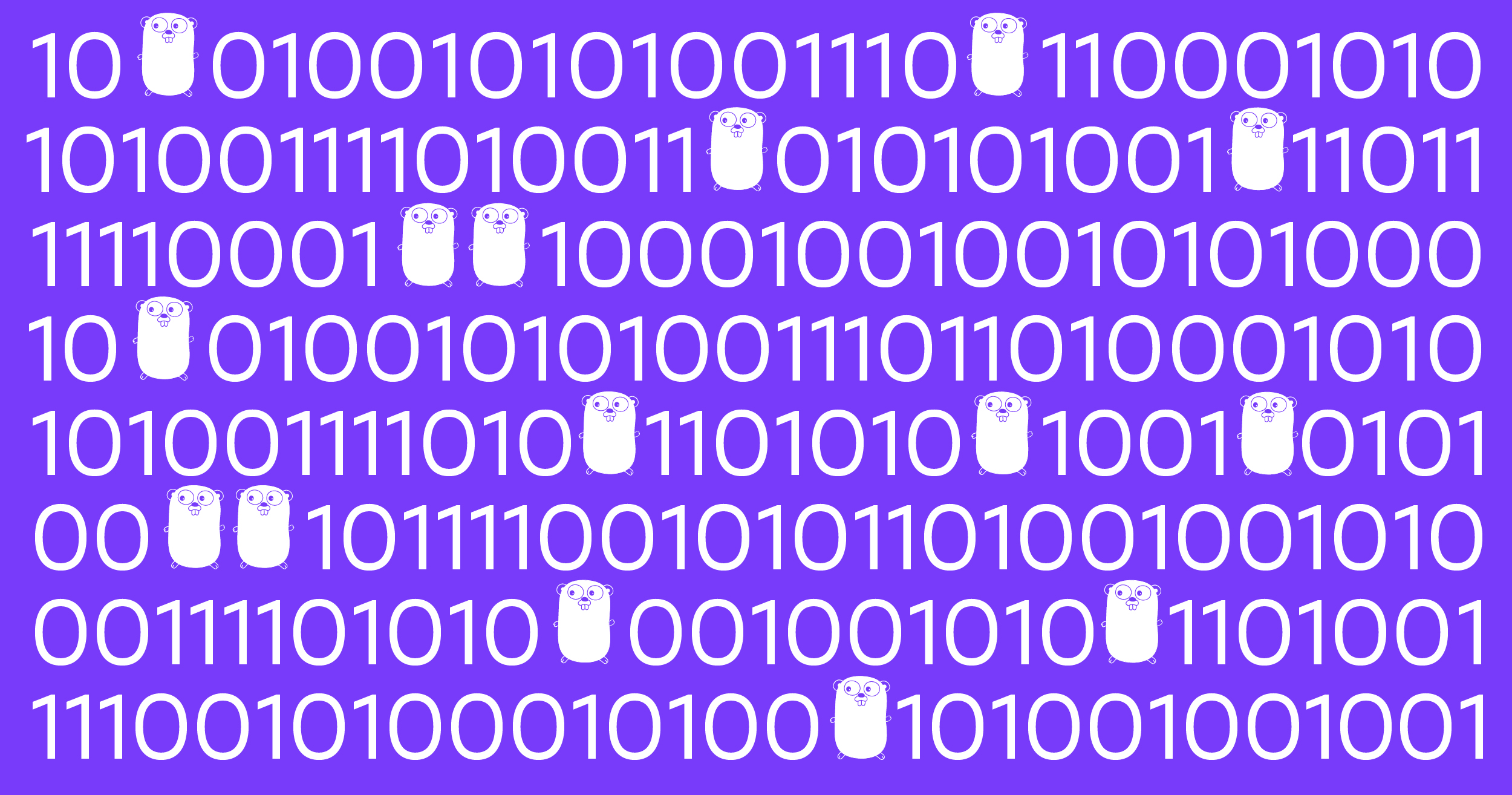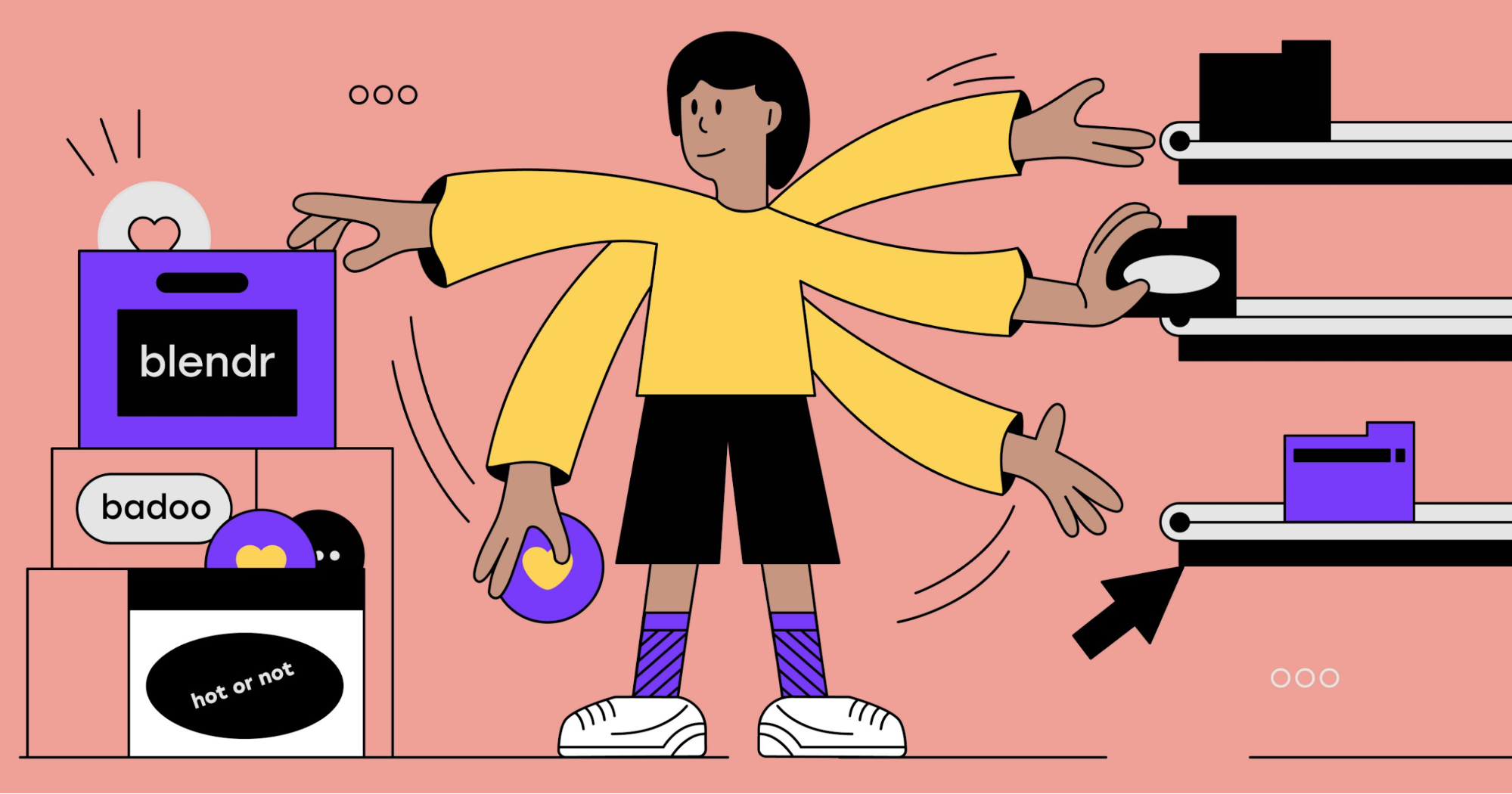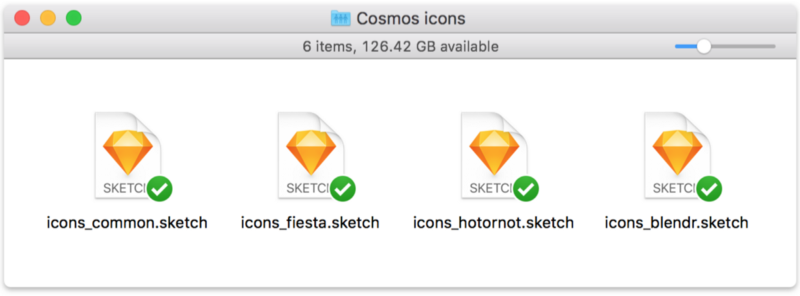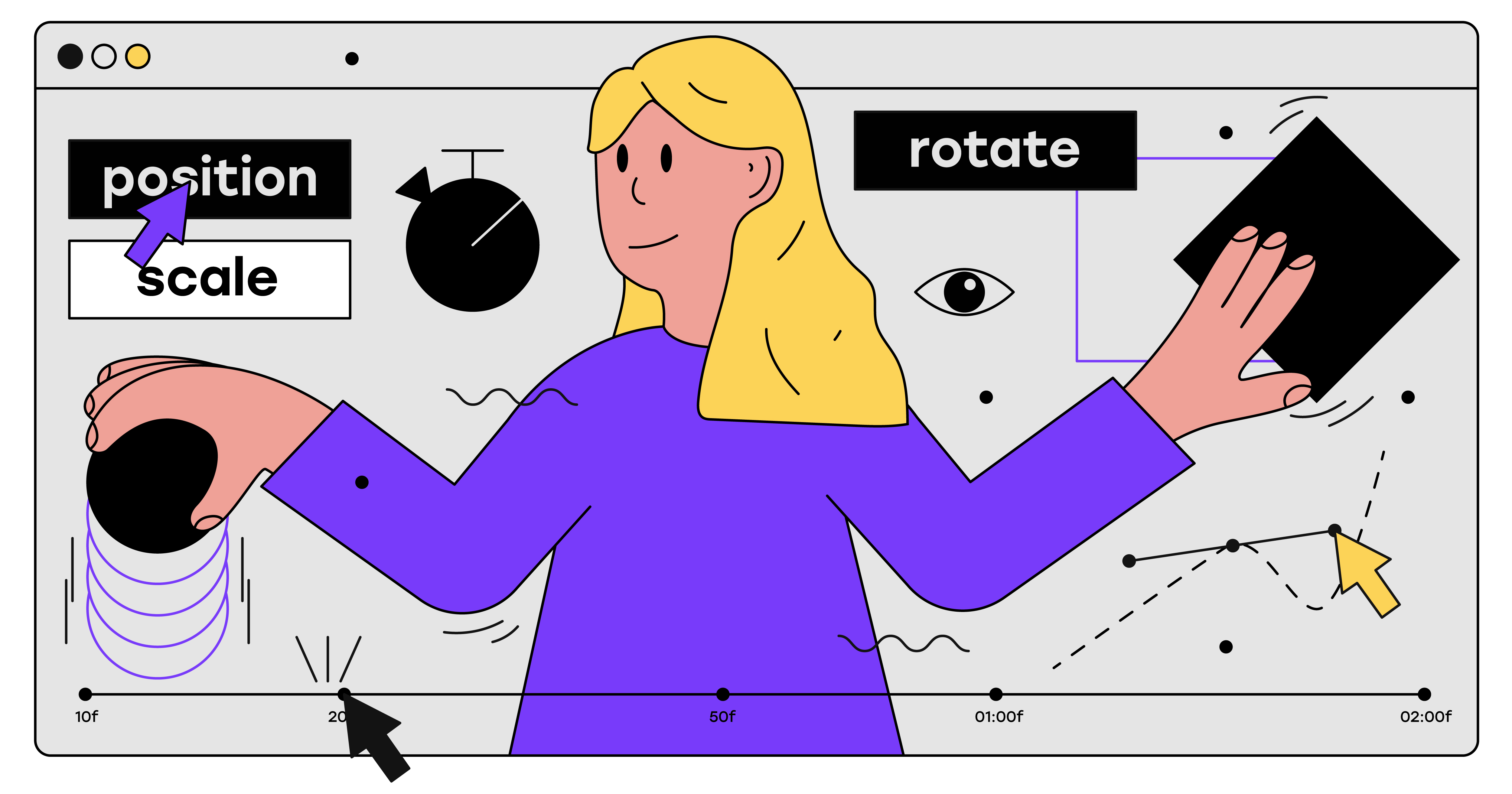
"Come, let us make bricks, and burn them thoroughly."
– legendary builders
You may have noticed by 2020 that data is eating the world. And whenever any reasonable amount of data needs processing, a complicated multi-stage data processing pipeline will be involved.
At Bumble — the parent company operating Badoo and Bumble apps — we apply hundreds of data transforming steps while processing our data sources: a high volume of user-generated events, production databases and external systems. This all adds up to quite a complex system! And just as with any other engineering system, unless carefully maintained, pipelines tend to turn into a house of cards — failing daily, requiring manual data fixes and constant monitoring.
For this reason, I want to share certain good engineering practises with you, ones that make it possible to build scalable data processing pipelines from composable steps. While some engineers understand such rules intuitively, I had to learn them by doing, making mistakes, fixing, sweating and fixing things again…
So behold! I bring you my favourite Rules for Data Processing Pipeline Builders.









